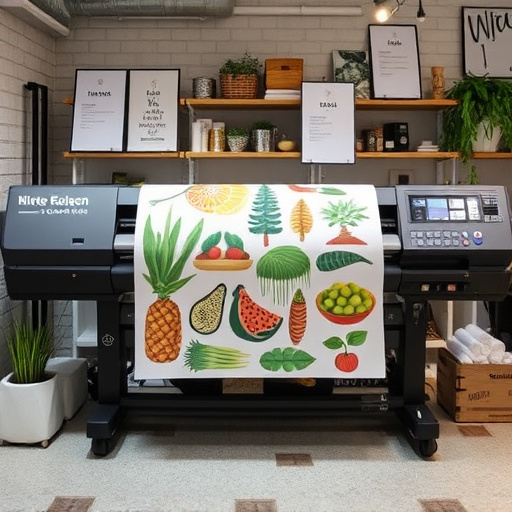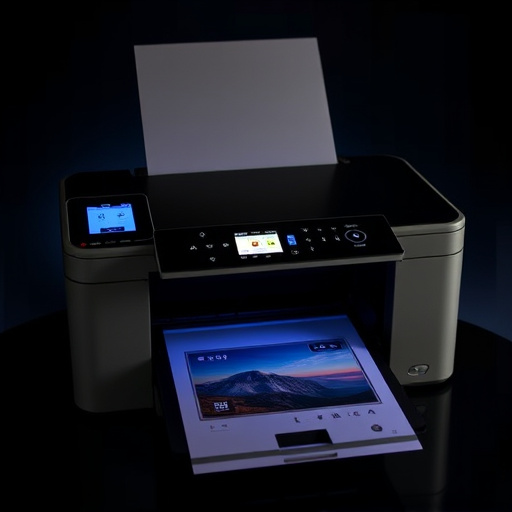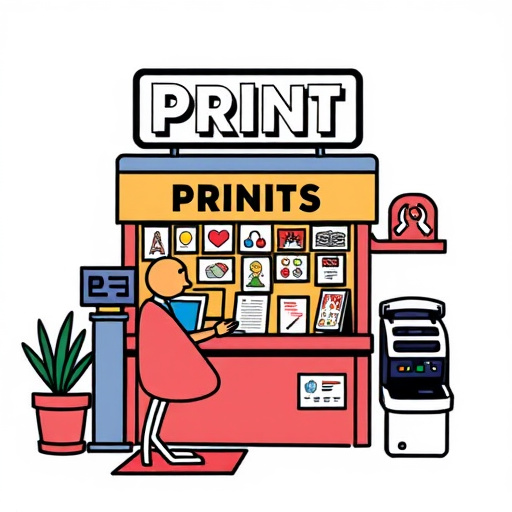DTF Innovation leverages Direct-to-Garment printing to transform custom design production by eliminating traditional barriers, enabling swift launch of unique, consumer-driven products. By fostering direct creator-consumer connections and utilizing techniques like heat press for on-demand customization, businesses can enhance experiences and open new revenue streams. Experimentation, cross-functional teams, and KPI evaluation based on order fulfillment, turnaround times, and positive consumer feedback ensure successful DTF Integration, driving brand loyalty and future sales.
Discover how DTF Innovation is transforming consumer product experiences. This article explores the power of DTF Innovation in putting consumers at the heart of product development, leading to enhanced satisfaction. We’ll delve into strategies for seamlessly integrating DTF Innovation into your workflow and metrics to measure its impact on customer loyalty. By understanding and leveraging DTF Innovation, businesses can unlock new levels of consumer engagement and stay ahead in today’s competitive market.
- Understanding DTF Innovation: Unlocking Consumer Centricity
- Strategies for Integrating DTF Innovation in Product Development
- Measuring Success: Evaluating the Impact on Consumer Satisfaction
Understanding DTF Innovation: Unlocking Consumer Centricity

DTF Innovation refers to Direct-to-Garment (DTG) printing technology that directly applies ink to fabric using a digital print head, offering endless possibilities for custom designs. This approach breaks down traditional barriers in manufacturing, enabling businesses to swiftly bring unique, consumer-driven products to market. By prioritizing consumer centricity, DTF innovation allows brands to tap into individual preferences and express personal styles seamlessly.
This technology empowers designers and entrepreneurs to create and offer a wide array of personalized items, from custom T-shirts with intricate prints to tailored sheets bearing heat-pressed designs. It fosters a direct connection between creators and consumers, ensuring that products align closely with customer desires. DTF transfer techniques play a pivotal role in this process, enabling efficient application of designs while maintaining superior quality.
Strategies for Integrating DTF Innovation in Product Development

To successfully integrate DTF Innovation (DTF) into product development, businesses should start by embracing a customer-centric approach. Understanding consumer needs and preferences is key; this insight drives the creation of innovative products that deliver exceptional experiences. Utilizing DTF transfer techniques, such as heat press, allows for on-demand customization, enabling companies to offer unique, personalized items like custom t-shirts. This not only enhances the individual’s experience but also opens up new revenue streams.
Additionally, fostering a culture of experimentation is crucial. Organizations should encourage cross-functional teams to explore DTF technologies and their potential applications. Staying agile allows for quick adaptation to market trends and consumer demands. By combining these strategies, businesses can seamlessly incorporate DTF Innovation into their product development pipelines, ultimately elevating the overall consumer experience.
Measuring Success: Evaluating the Impact on Consumer Satisfaction

Measuring the success of DTF (Direct to Fabric) innovation lies in its ability to enhance consumer satisfaction. By evaluating the impact of DTF technology on customer experiences, businesses can understand its true value. This involves assessing various key performance indicators (KPIs), such as order fulfillment rates and turnaround times, which are crucial in gauging the efficiency of DTF processes.
Furthermore, consumer feedback plays a pivotal role in measuring success. Through surveys and reviews, users can express their satisfaction or dissatisfaction with the final product quality, printing accuracy, and overall experience. Positive responses regarding personalized dtf prints on items like hoodies, for instance, indicate successful implementation of DTF Innovation. This method allows businesses to fine-tune their strategies, ensuring they meet and exceed customer expectations, thereby fostering brand loyalty and driving future sales.
DTF Innovation is transforming consumer product experiences by prioritizing user needs and preferences. By integrating these strategies into product development, companies can create more satisfying and relevant offerings. Measuring success through consumer satisfaction surveys and analytics ensures that DTF Innovation not only improves products but also fosters stronger brand loyalty and engagement. Embracing this approach positions businesses for competitive advantage in today’s dynamic market.














